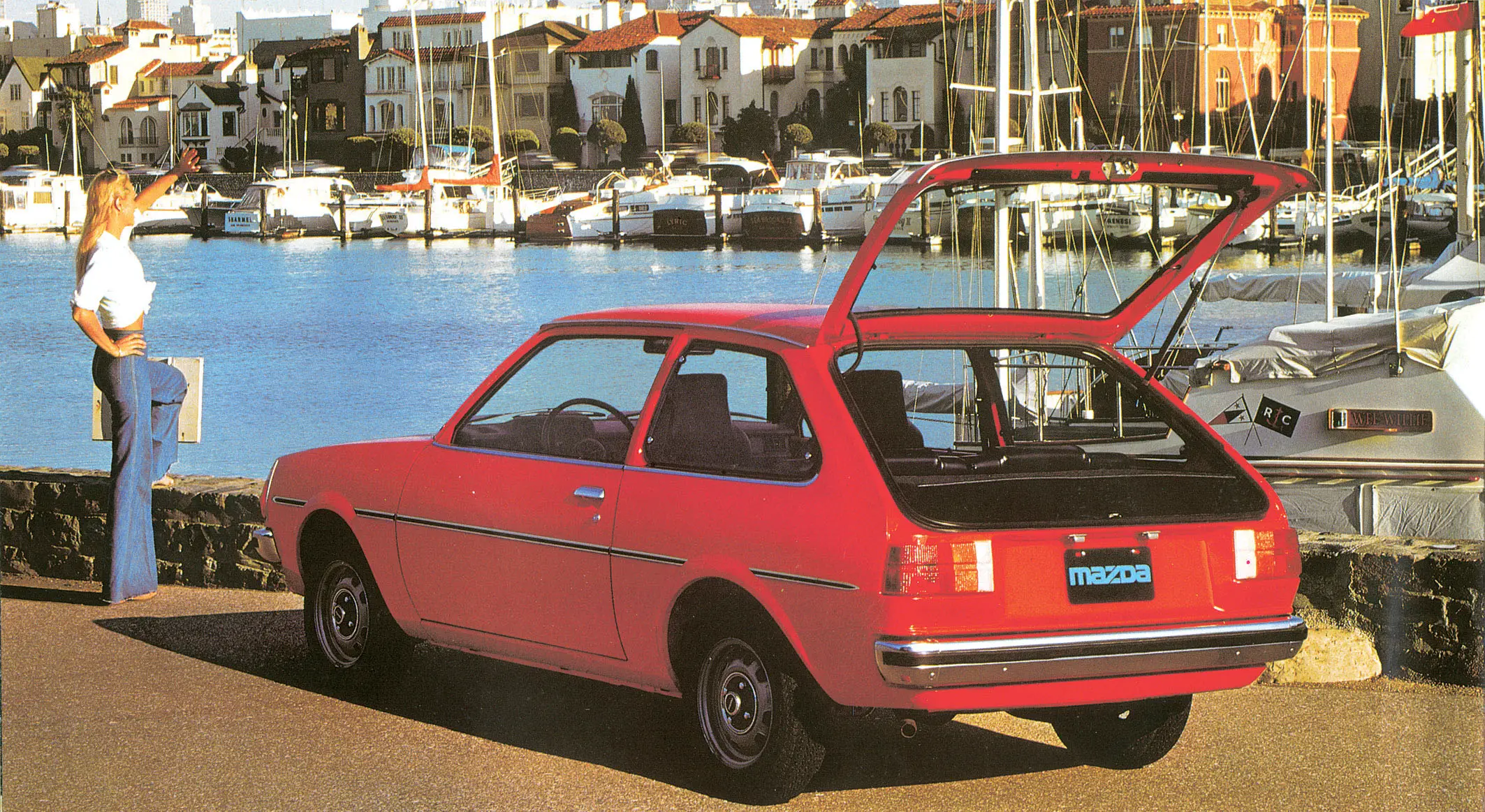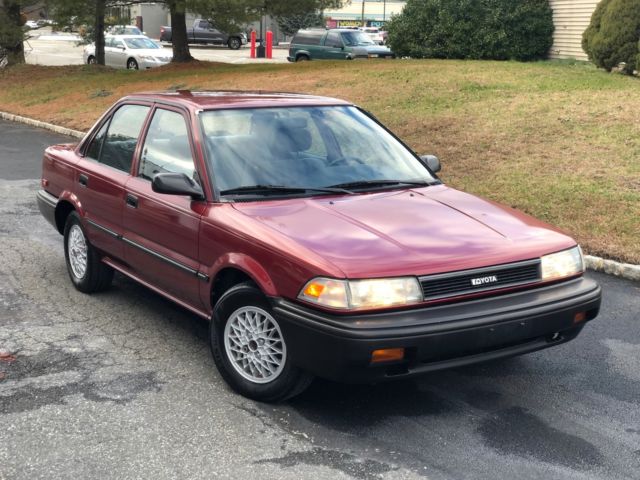Despite being culturally and geographically distant from Germany – where the automobile was first invented by Karl Benz in the late 1880s – Japan was a relative early comer to cars.
Back in 1898, a Panhard-Levassor car was brought to Japan by a French trader and that created quite a stir. In less than a decade, local inventors had become inspired and were creating the first Japanese cars.
The Early Days of Cars in Japan
There are two contenders for the first automobile built in Japan and both of them were small buses. There’s the Yamaba Omnibus, a ten-seater steam-powered vehicle that was designed by Torao Yamaba in 1904. The other contender for the first automobile in Japan is the Yoshida Omnibus, which was created around the same time as Yamaba’s vehicle.

The Beginnings of Japan's Car Industry
Apart from these early attempts, the first actual car designed and built in Japan didn’t come until 1907, when Komanosuke Uchiyama produced his Takuri car.
Shortly after that, Japanese automobile companies began to pop up. In 1910, The Kunisue Automobile Works was built and the following year they manufactured the Tokyo in cooperation with Tokyo Motor Vehicles Ltd. 1911 saw the establishment of Kaishinsha Motorcar Works and they began manufacturing a car called the DAT.

Pre-WWII: Some Big Names Emerge
The decades leading up to the Second World War saw steady development in Japan’s automotive industry. In 1920, Jitsuyo Jidosha Seizo Company began building the Gorham and later the Lila. In 1926, the company merged with Kaishinsha and became the DAT Automobile Manufacturing Company, which would later become Nissan Motors.
A textiles company with the familiar name of Toyota first tried their hand at cars in 1936. By that time, the war was on the horizon and they built mostly trucks for the military. Isuzu, Yanmar, and Daihatsu came into operation during this period too, but their initial focus was on diesel engine design, not building cars.

The 1960s Explosion
During WWII, Japan’s automotive industry was mostly focused on the war effort, with Toyota, Nissan, Isuzu and Kurogane building trucks and motorcycles for the Imperial Japanese Army.
After the war, production slumped. With the pressure of rebuilding a defeated nation, automotive manufacturing was not a priority and cars for export were close to non-existent. But in the 1960s, everything changed.
The catalyst was the Subaru 360, affectionately nicknamed the Lady Beetle. This tiny car, though actually manufactured in 1958, started a new trend in Japanese car manufacturing: Kei cars, which translates roughly to ‘light vehicles’.

The Kei Car Revolution
Inspired by the Subaru 360, Japanese automakers began introducing more and more kei cars. Suddenly, average Japanese workers could afford their own car. This dramatically and rapidly boosted sales, kick-starting Japan’s car industry and setting it on the path towards the market domination we see today.
From Kei to Today
Kei cars were too small to be family cars and so their success was limited. But in their wake came a slew of affordable family cars, such as the Toyota Publica, Mitsubishi Colt 800, and the Mazda Familia. These vehicles generally had 700-800cc two-stroke engines, except for the Nissan Sunny, which emerged in 1966 with a full 1-litre four stroke engine. All the other car manufacturers had to rush to catch up, expect for Toyota, who delivered a 1.1-litre engine in their original Corolla.

From Japan to the World
Alongside this success at home, Japanese car manufacturers began exporting at much higher levels. The export of Japanese passenger cars increased about 200-fold during the 60s, rising to almost 20% of production. In the 1970s, the Arab Oil Embargo and the exchange rate of the yen combined to encourage even more exports. Japanese vehicles began to become popular in the USA, Britain, and throughout Europe.
A Seat at the Big Table
By the 1990s, Japanese manufacturers were quickly catching up to big names like Ford and GM. Japan’s reliable, affordable, and stylish cars became popular around the world and in 2000, Japan officially became the world’s largest car producer. Toyota, in particular, has become a giant – they are consistently in the top 3 manufacturers worldwide, and the Toyota Corolla has been the world’s favourite car since the 1990s.

Looking to buy a Japanese car? Call 2 Cheap Cars on 0800 223 370 or enquire online.

